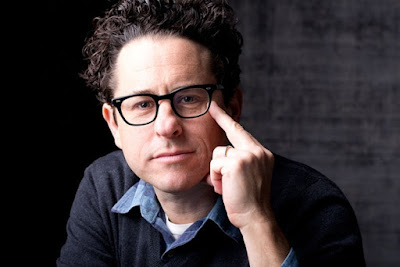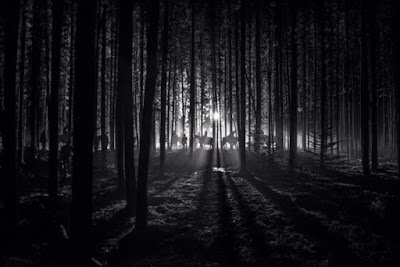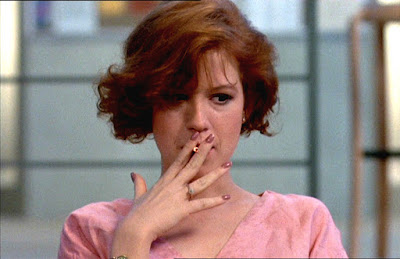
Yes, it's time. My book on Woody Allen, whose 45-film ouevre tested but did not defeat my hardy completist impulses — bring it on! — is nearing bookshelves, arriving on September 28th in the UK and on October 20th in the US. I will also be appearing at the
Port Eliot Literary Festival on August 1st talking on the subject 'Ten Things Woody Allen Has Done For You' in the course of which I intend to touch on such personal favors to moviegoers as:— introducing Sylvester Stallone, employing Gordon Willis, and directing 6 actresses to 6 Oscars.
















































,%202023.jpg)













